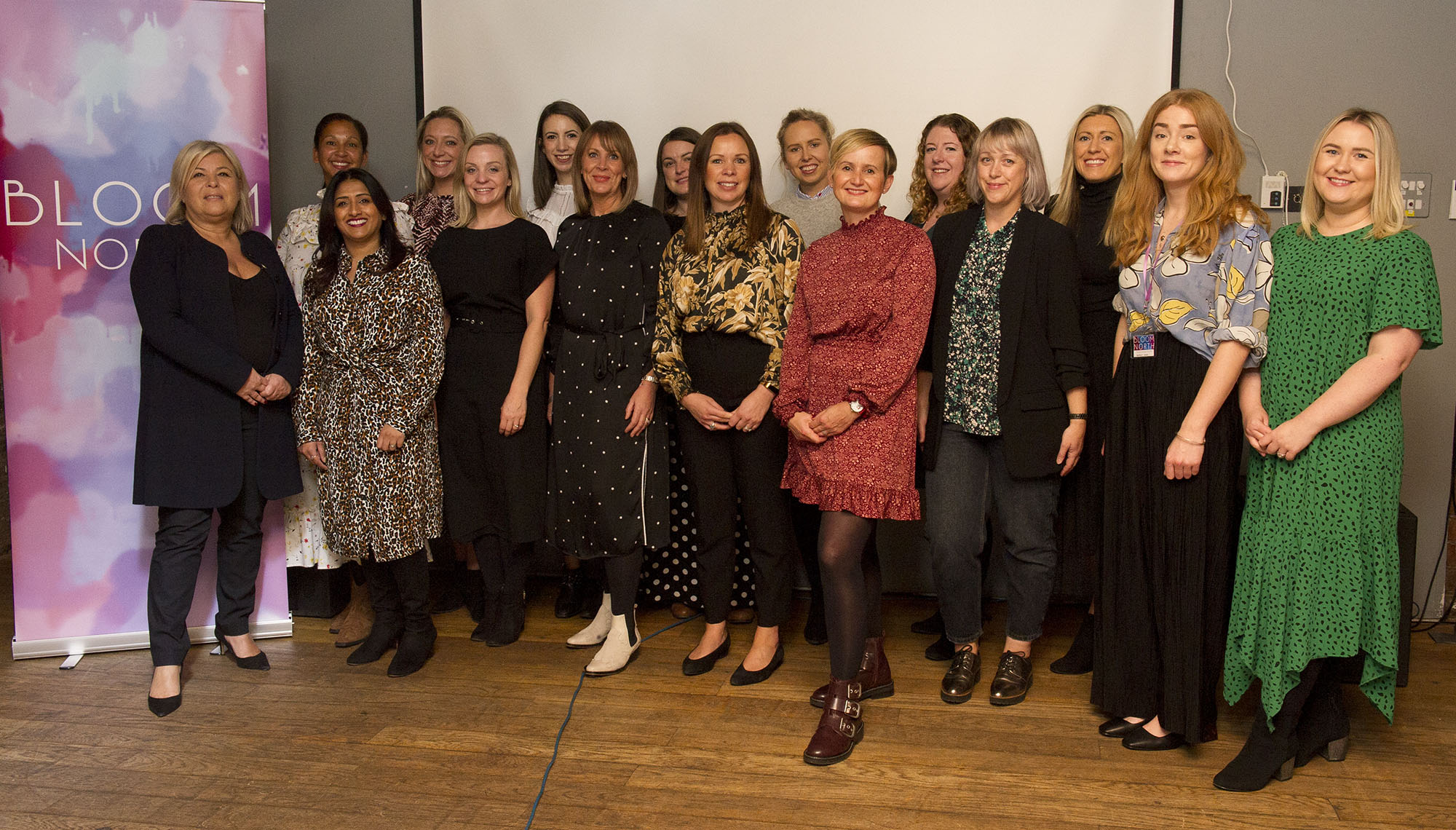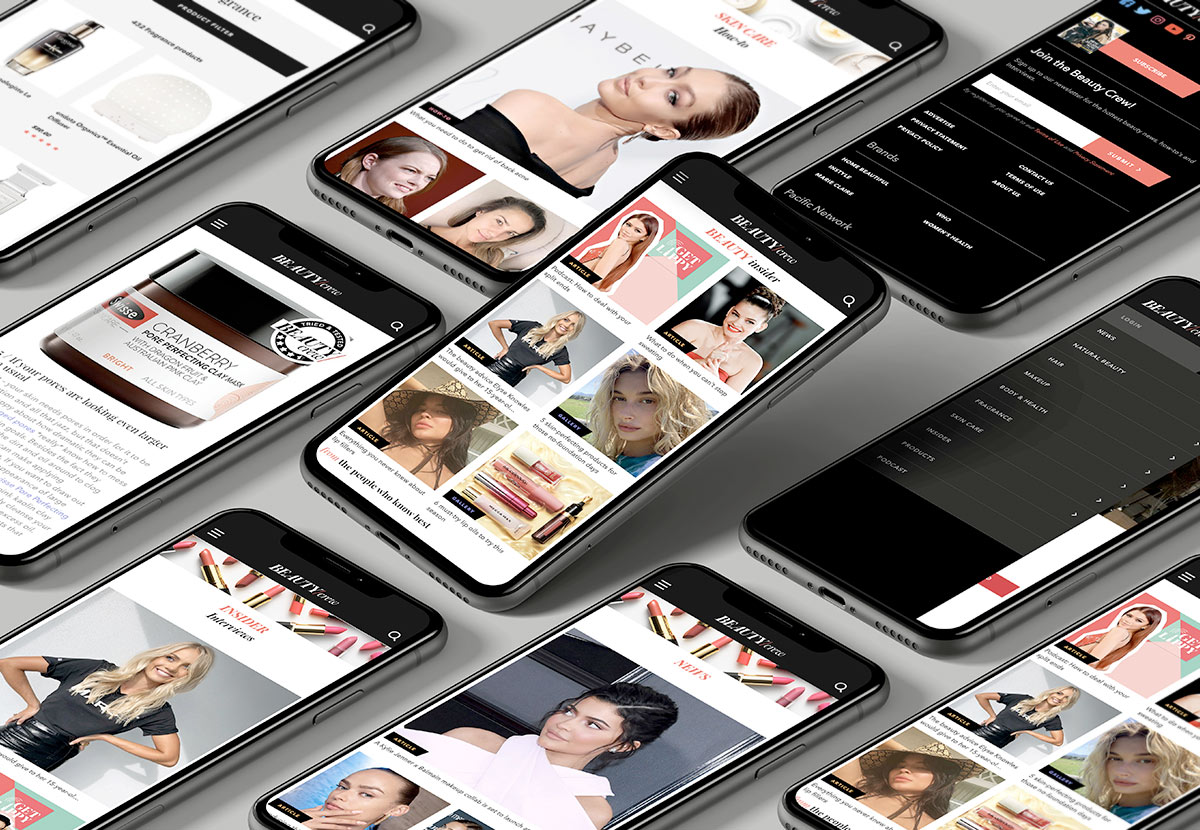
Email marketing is a different ball game for seasoned paid social or PPC marketers; there are so many different metrics to consider when calculating email marketing success. Some of them may not even apply to you.
The first thing one must do is establish the goals of an email marketing service; are you focused on increasing conversions, generating leads or something else entirely? Once you do this, you can start thinking about each and every metric that you want to be keeping an eye on. Let’s take a look at the things you should be considering when trying to determine email marketing success.
Open Rate
The open rate is defined as the percentage of email recipients who open your email. The open rate isn’t as simple as actually “opening” an email, as there’s no way to track this particular action. However, email marketers now include a tiny, invisible tracking pixel that automatically downloads once the email is open. This pixel’s download rate goes towards measuring the email’s open rate.
Having an interesting or exciting subject line is a great way to increase your email’s open rate; including the recipient’s name will give it a personal feel and encourage them to open it if they believe that the email is directed to them. Emails with personalised subject lines are 26% more likely to be opened than those without any personalisation.
Ever since the iOS 15 update, however, open rate has been a tricky metric to follow and one that doesn’t give completely clear results. Those who have opted into Apple’s Mail Protection Privacy service will have their emails opened to check for spam and safety reasons, leading to inflated open rates for email marketers across the board.
Click-through Rate (CTR)
The CTR stands for click-through rate: a metric that tracks the percentage of recipients who have clicked through a link within the email.
Measuring the click-through rate of an email helps us understand how effective the email has been in generating interest and helping the customer through the sales funnel to try and encourage them to make a purchase. The click-through rate shows exactly how good an email campaign is at moving subscribers to a subsequent website for the purchase.
The CTR is a good indicator of how engaging your content is. You can track whether your CTA, links or any images used are beneficial in encouraging users to click. If people are clicking through your emails, it’s likely that they’re enjoying the content that’s being sent.
A good chance to test out different ways to improve your CTR is through A/B testing. You can experiment with various forms of ad copy or design and see what your CTR is benefiting from. Identifying trends and preferences amongst your audience is crucial for optimising your content for them.
Bounce Rate
The email’s bounce rate refers to the percentage of emails that have not successfully reached the recipients. The bounce rate can be split into two categories: a hard bounce or a soft bounce.
A soft bounce is an email that could not be delivered due to temporary reasons; maybe the recipient’s email inbox is full, and they couldn’t receive any more, or the email you’re trying to send contains files that are too large to be sent.
An email that has had a hard bounce could not be delivered due to permanent reasons. For example, the email address on your mailing list could be fake, no longer in use or using an incorrect domain name, or the recipient’s server may not be accepting emails. If you ever experience a hard bounce, the recipient must be removed from your email list.
Having a hard bounce isn’t necessarily the worst thing for your email marketing. It enables you to cull your email list a bit and remove any recipients who won’t even be opening or clicking on your emails, allowing for more natural results.
Conversion Rate
Encouraging your subscribers to engage with a particular action is a chief goal of many email marketers. One way to track this is by looking at your conversion rate. The conversion rate measures the number of recipients who’ve clicked on a link in an email and then acted on a specific task, whether to fill in an online form, purchase a product, leave a review or do something else entirely.
The conversion rate is an important metric to consider when determining if you’re achieving your goals. But, if you’re noticing low conversion rates, there are things you can implement to try and increase these numbers.
Improving readability, having a killer subject line, using bright & bold fonts and designing an easy-to-use, clearly displayed CTA button can seriously increase your conversion rate. Enabling subscribers to clearly understand what you want from them is very important because how else will they know what you expect from them?
Additionally, introducing some new flows that aim to convert subscribers can be beneficial. Birthday/anniversary flows can encourage people to sign up to a form on your website, thus generating leads. Winback flows aim to encourage old shoppers to re-purchase and re-engage with your brand. You can do many different things to increase conversion, all of which focus on different aspects and have varying levels of success.
Number of Unsubscribers
The unsubscribe rate tells you the percentage of your recipients who have chosen to no longer receive your messages. If your unsubscribe rate is low, it suggests that your mailing list enjoys the content you’re sending out and finds it interesting. A good unsubscribe rate should be below 0.5%.
Having unsubscribers isn’t necessarily bad; it cleans up and fine-tunes your mailing list and removes those who maybe don’t care about your content as much as other recipients would. Getting rid of people who don’t interact with your emails can be a positive thing, but you don’t want to be getting rid of many recipients due to them unsubscribing.
Through Klaviyo, you can create a “Sunset Flow”, designed to “phase out customers who are no longer engaging with your brand”. A “Winback” flow should be tried first, offering incentives to grab the attention of your subscribers in the hopes that you can bring them back into your brand. A Sunset flow will be sent to any unengaged subscriber, e.g. someone who has signed up for emails but has not interacted with you for a long time. Sunset flows are a great way to list clean and get rid of any inactive subscribers.
Unsubscribers can be expected after you run a lead generation campaign. Many people may sign up to your mailing list to try and win a certain prize but then decide that they don’t want to interact with your brand anymore.









